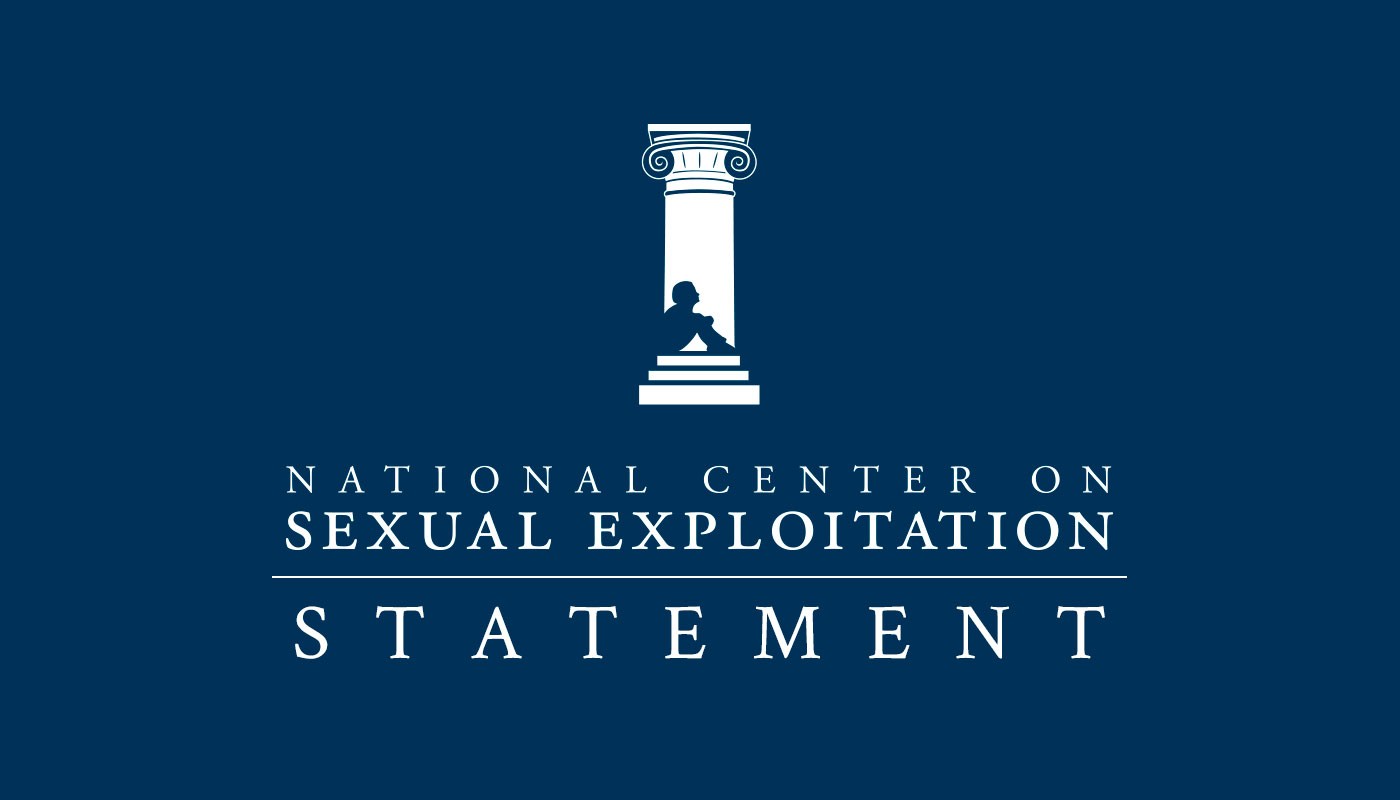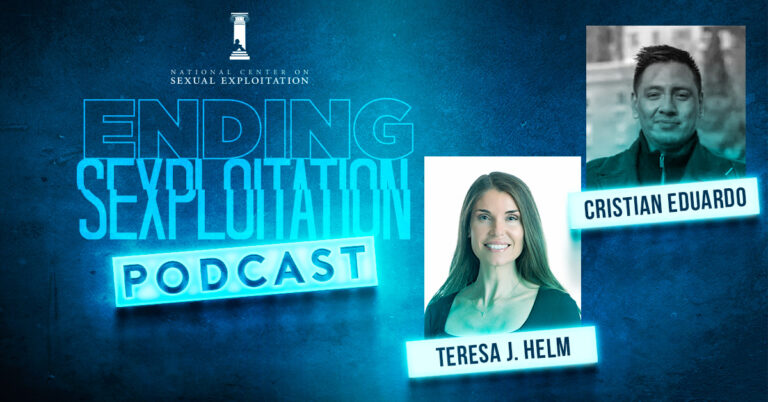Dawn Hawkins
Tuesday, April 21, 2015
Breitbart
If you’ve ever spent time at a convenience or grocery store, you glanced at one of the checkout line staples: Cosmopolitan magazine. With its brightly colored covers splashed with phrases like “The Craziest Sex Tips We’ve Ever Tried” or “How to Make Him Feel More Pleasure,” and its photos of beautiful models, actresses, and teen idols, it is hard not to notice. Cosmo describes itself as a “magazine by women for women.”
On the spine of each month’s issue are the words “Fun Fearless Female.” Who would have a problem with that?
Like many others, I have been desensitized to Cosmo’s monthly cover, which typically touts the many sex and beauty tips in its pages. This is what I had expected from Cosmopolitan. However, all this changed when I noticed a twelve-year-old girl pick up the magazine and flip through it in front of me. What I saw when glancing over her shoulder horrified me. The title of the article read, “Ivy-League Anal” and provided four accounts of college students describing their positive anal sex experiences. I soon realized this was among many other high-risk sexual behaviors written about and promoted in Cosmopolitan magazine.
Common themes of the previous year’s issues include repeated encouragement to participate in “hookups,” as well as in public or violent torture sex. Each issue seemed to push more and “better” sex tips than the previous issue. Why wouldn’t this girl pick up the magazine? It was placed at eye level and had an actress from a television show targeted towards young teens.
As I investigated Cosmo further, I realized that it is blatantly targeted to young girls to expand audience and increase profits. Many of the covers, in fact, feature teen idols who only appeal to young girls. They even include feature stories from Disney stars. It is likely that the teen pop star your daughter listens to has graced the cover of Cosmo, and when she sees his name on the cover, she will want to read the magazine.
A search of #MyCosmo or #CosmoGirl on social media yields pictures, tweets, and comments from teen girls around the world gushing about trying Cosmo’s sex tips to be like the women of Cosmo magazine.
Here’s the problem: adolescents are particularly at risk due to exposure to messages in media sources like Cosmopolitan because cognitive skills that allow them to critically analyze messages from the media and to make decisions based on possible future outcomes are not fully developed (Adolescent Sexuality and the Media, National Institutes of Health, 2000).
According to the American Psychological Association’s 2007 report, the sexualization of girls in media is linked to three of the most common mental health problems among girls–eating disorders, depression, and low self-esteem. Studies show that early sexual debut and multiple partners place young women at higher risk for HPV, herpes, chlamydia, HIV/AIDS, pregnancy, and abortion, whether or not condoms are used (Report of the American Psychological Association Task Force on the Sexualization of Girls, 2007).
Could Cosmo’s influence contribute to the fact that adolescents, ages 15-24, account for nearly half of the 20 million new cases of STDs each year” and “four in ten sexually active teen girls have had an STD that can cause infertility and even death”(Office of Adolescent Health)?
Still fun and fearless, Cosmo?
Your Daughter’s Brain on Cosmo
What your daughter does not realize as she reads “Sex Olympics,” “12 Kinky Quickies, “Break the Bed Sex,” and “25 Ways to Blow His Mind with Your Mouth” is that her developing judgment center and immature sexual template are being set by the words she reads and the images she views. Every word. Every image.
We cannot assume that young adolescents are able to properly process this information and make healthy, informed sexual decisions. Bombarding young girls with glamorized sexual imagery and promoting high-risk sex make them vulnerable to the many physical, emotional, and psychological harms of such a lifestyle.
The reality is that Cosmo’s covers and pages encourage young girls to accept and participate in the porn-influenced and sexually violent culture that is driven by pornography and glamorized and normalized by mainstream media. The R-rating of Fifty Shades of Grey will not keep your young daughter from learning how to have “hot, throw-me-up-against-the-wall sex” because there are step-by-step instructions in many of Cosmo’s issues.
Cosmo teaches women that the best way to be a “Fun Fearless Female” is to be sexual objects and explore the high-risk menu of sexual choices described in its pages. The magazine offers no disclaimer that in many cases this content will harm the reader, both physically and emotionally. While many times Cosmo encourages the use of protection and contraception, the content of the magazine paints high-risk sexual choices as healthy and common to young, adolescent peer groups. Is a twelve-year-old girl really ready to embrace the sexual choices that severely increase her risk of an STD, an eating disorder, or depression?
For $3.99, your daughter can buy beauty tips and “Secrets to Better Orgasms.” She can find out “The #1 Thing Men Are Good for Besides You Know,” how to get a man, and how to change her physical appearance to keep him. What you cannot buy back is the innocence of a child. Knowing what the pages of Cosmo truly depict, can you now just sit back and watch a twelve-year-old girl pick up a Cosmo in front of you at the grocery store checkout line?
If you let it, Cosmo will sell your daughter the lie that she should engage in high risk sexual behaviors early and often, that her power lies primarily in her body, that she is empowered through experimentation at the expense of her dignity, and that exploitation is sexy. Vulnerability to eating disorders, depression, and STDs is not empowering; it’s a dangerous gamble with odds stacked highly against your daughter.
Cosmopolitan is not a magazine for children. We are asking that Cosmo be sold to adults only and have the cover wrapped in retail shops. To learn more about the Cosmo Harms Minors campaign, how to contact your local retailer, and how to print wraps for Cosmo covers, please visit: http://www.cosmoharmsminors.com.
Dawn Hawkins is the Executive Director, National Center on Sexual Exploitation (NCSE).




